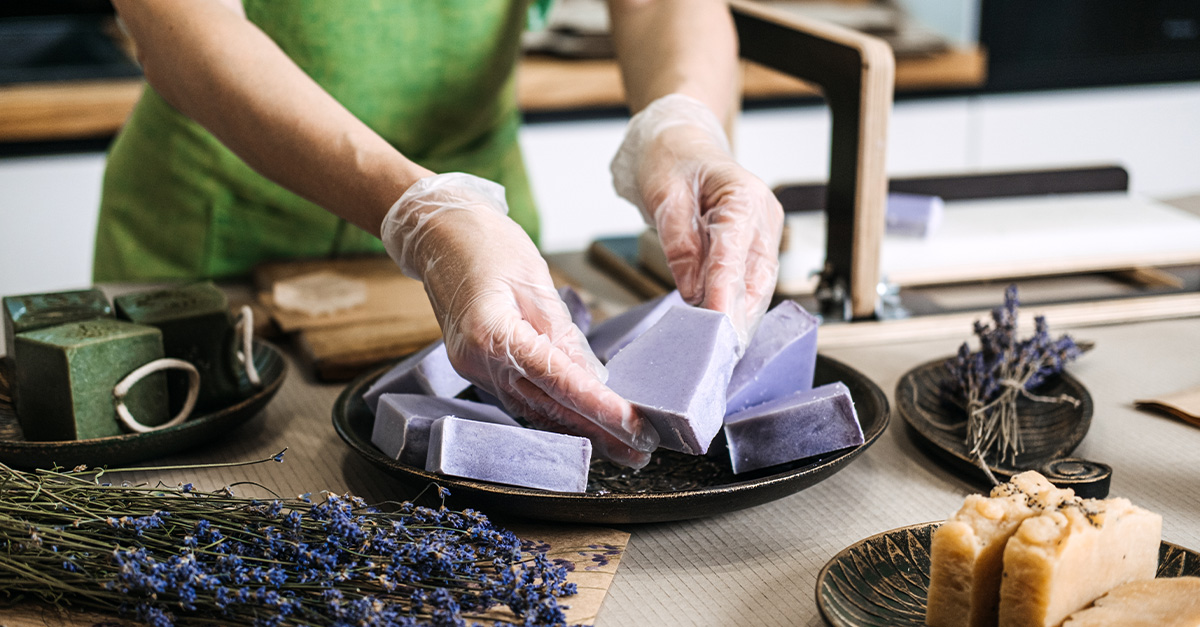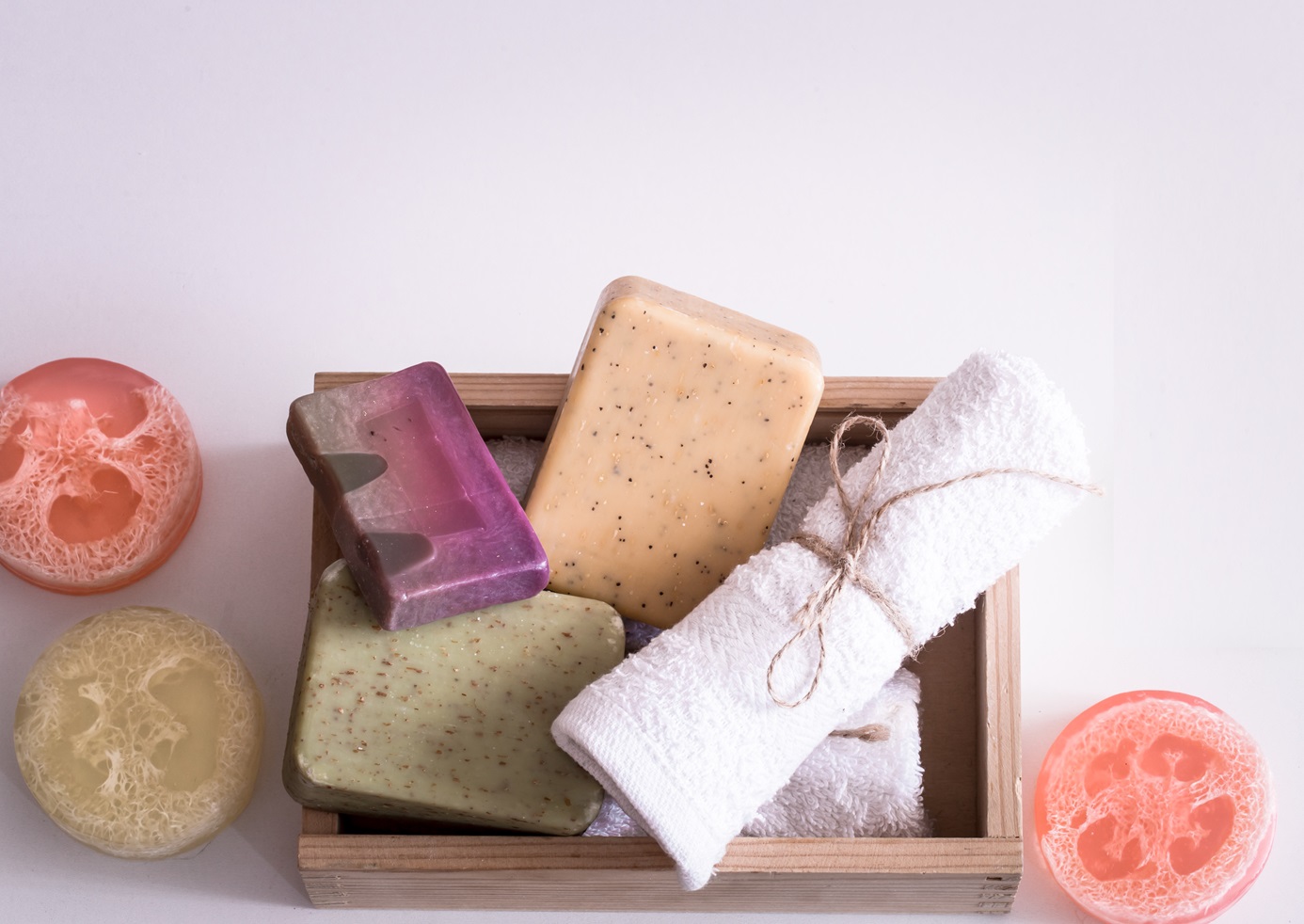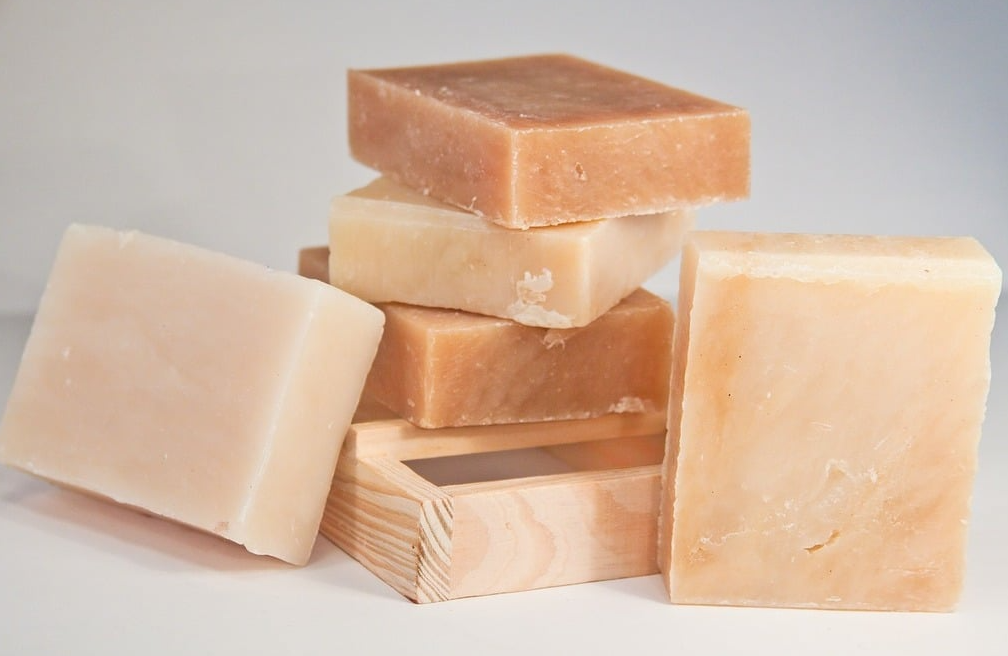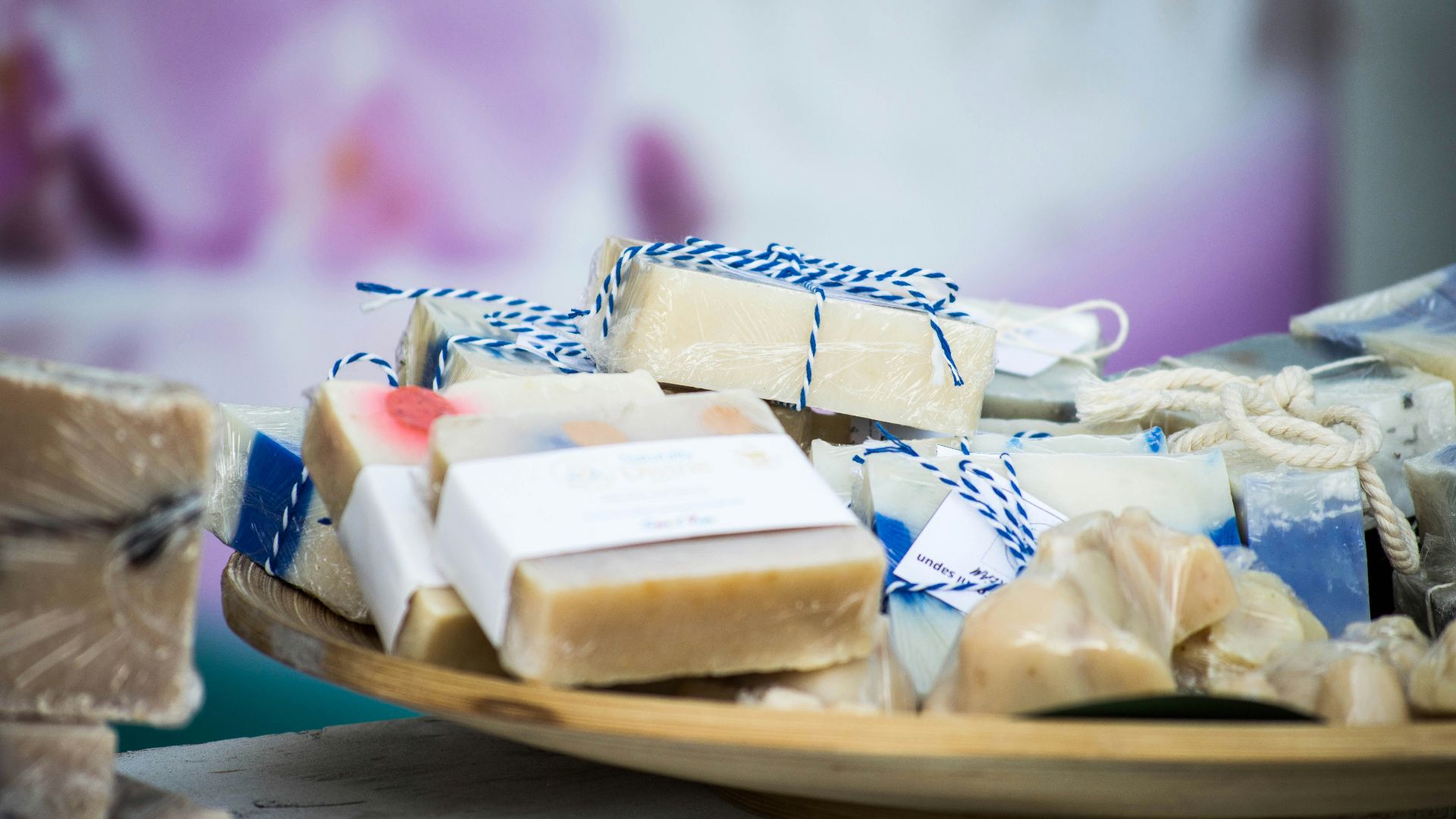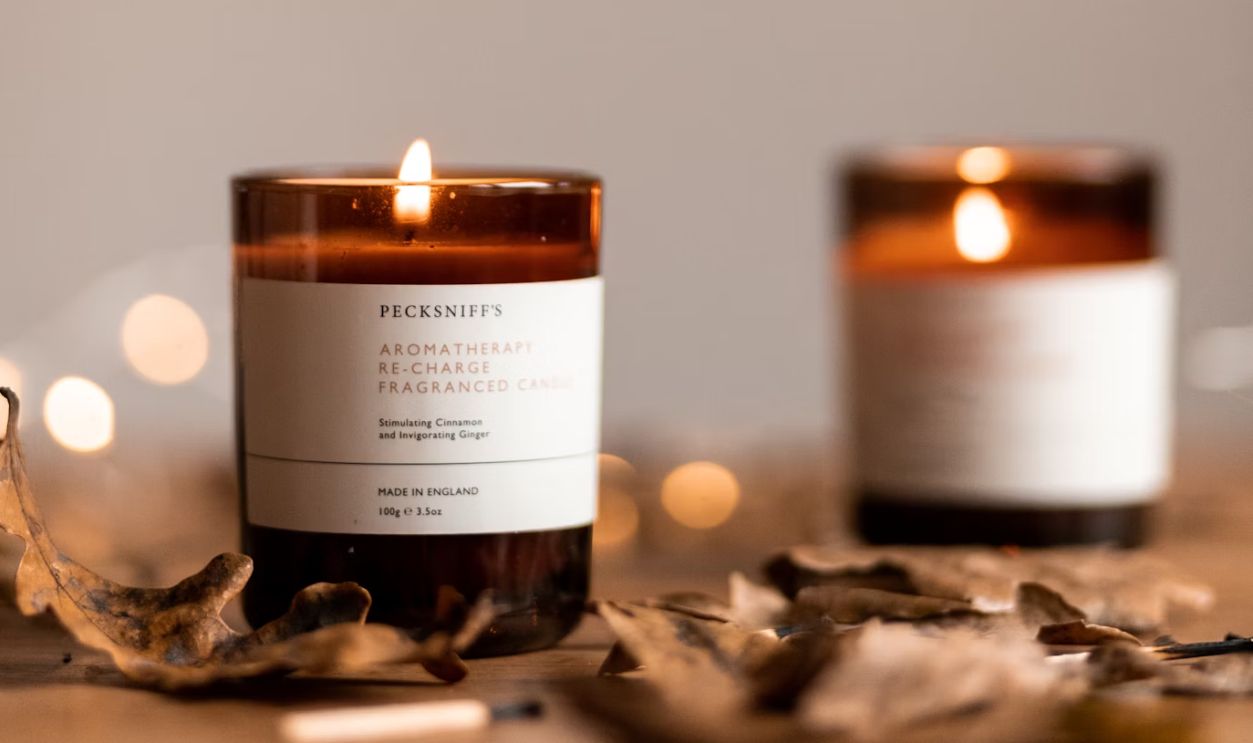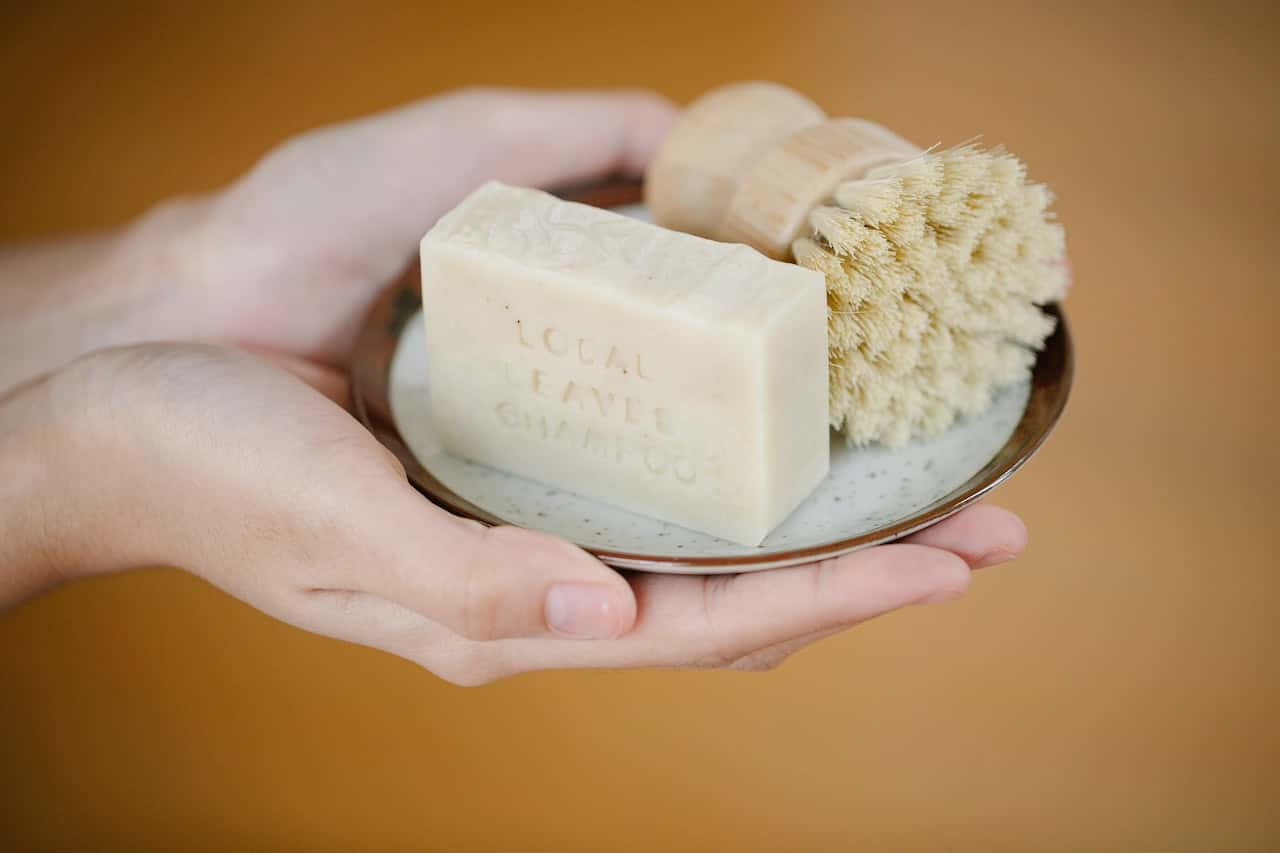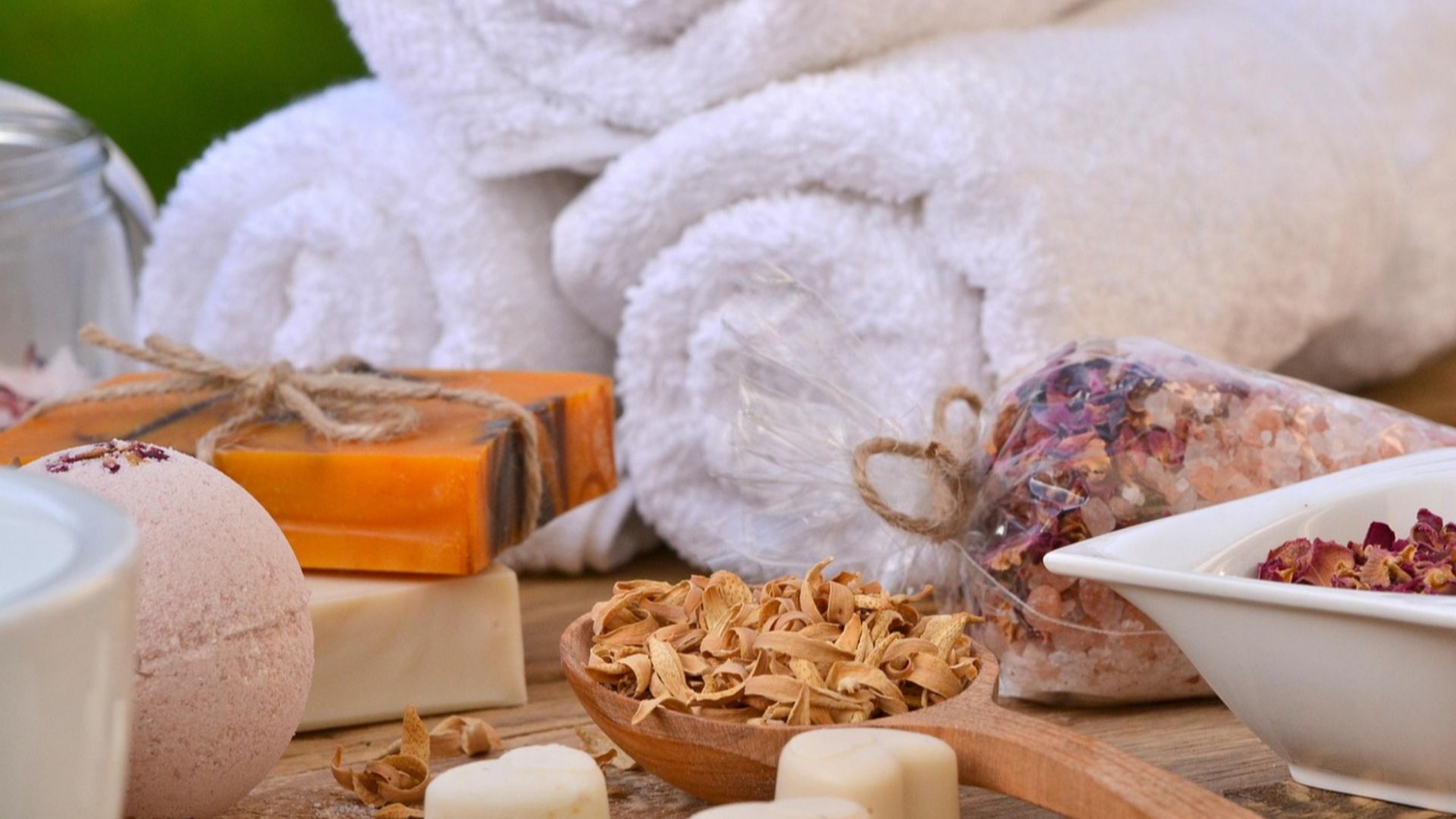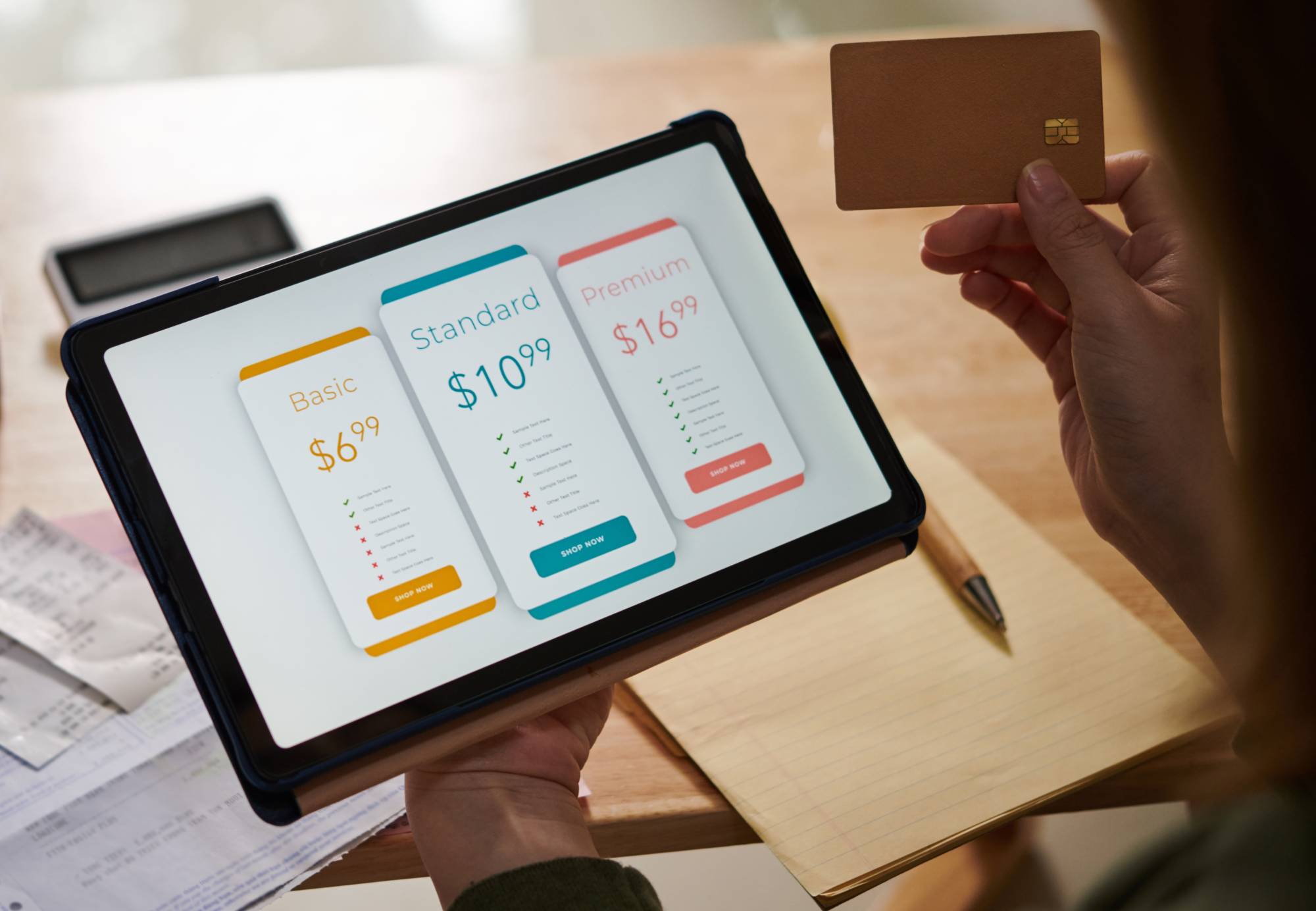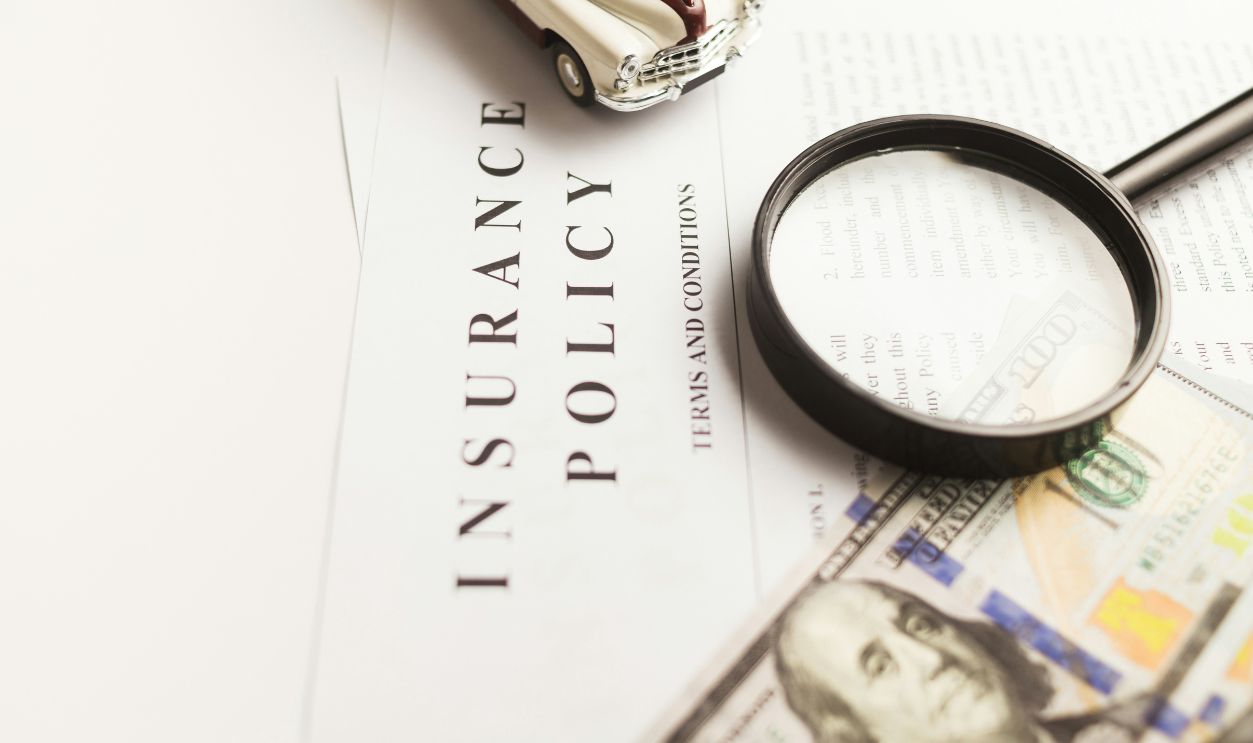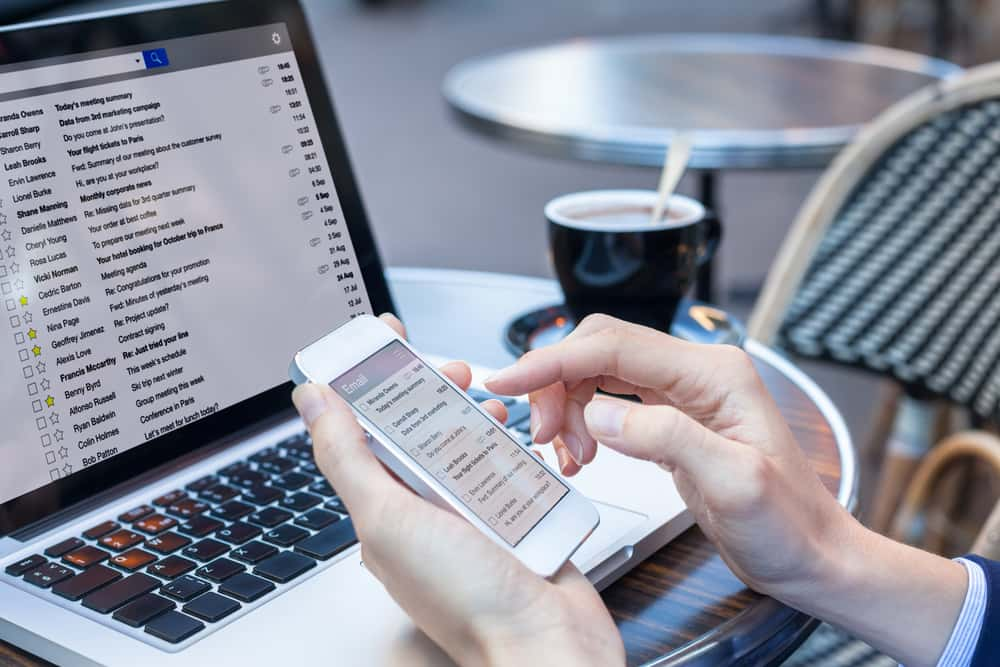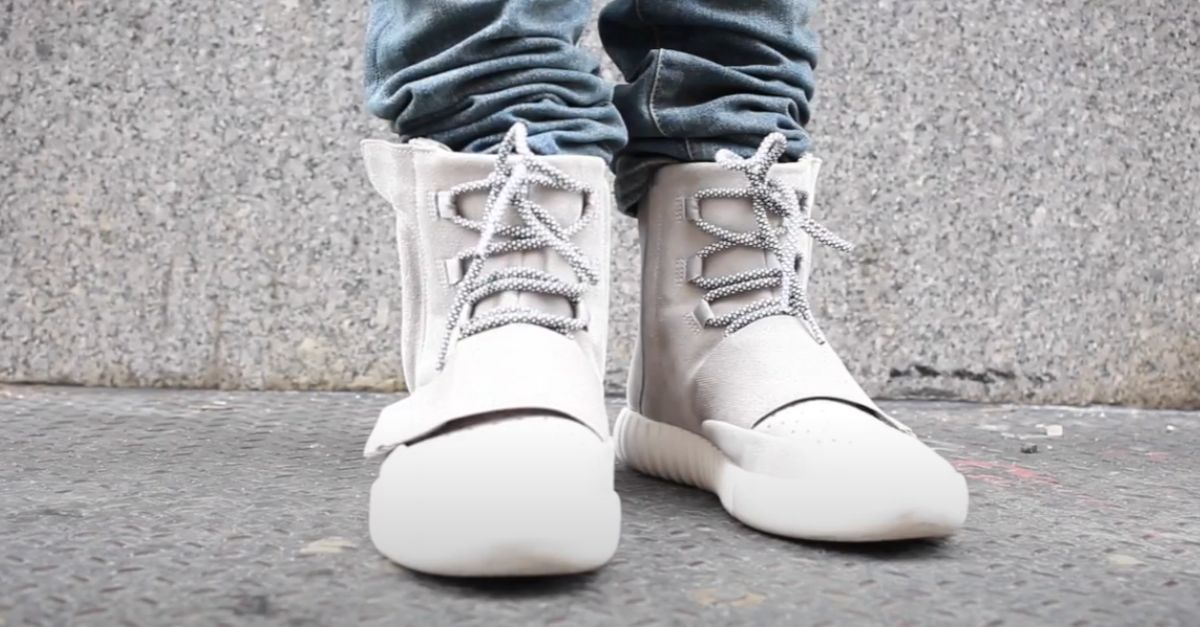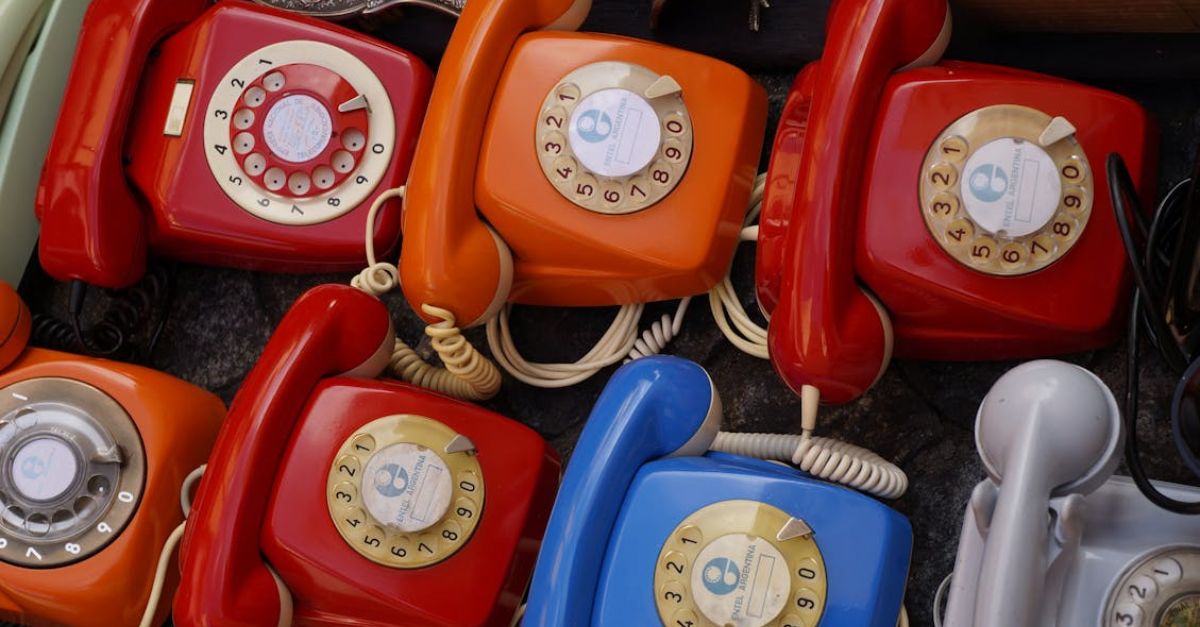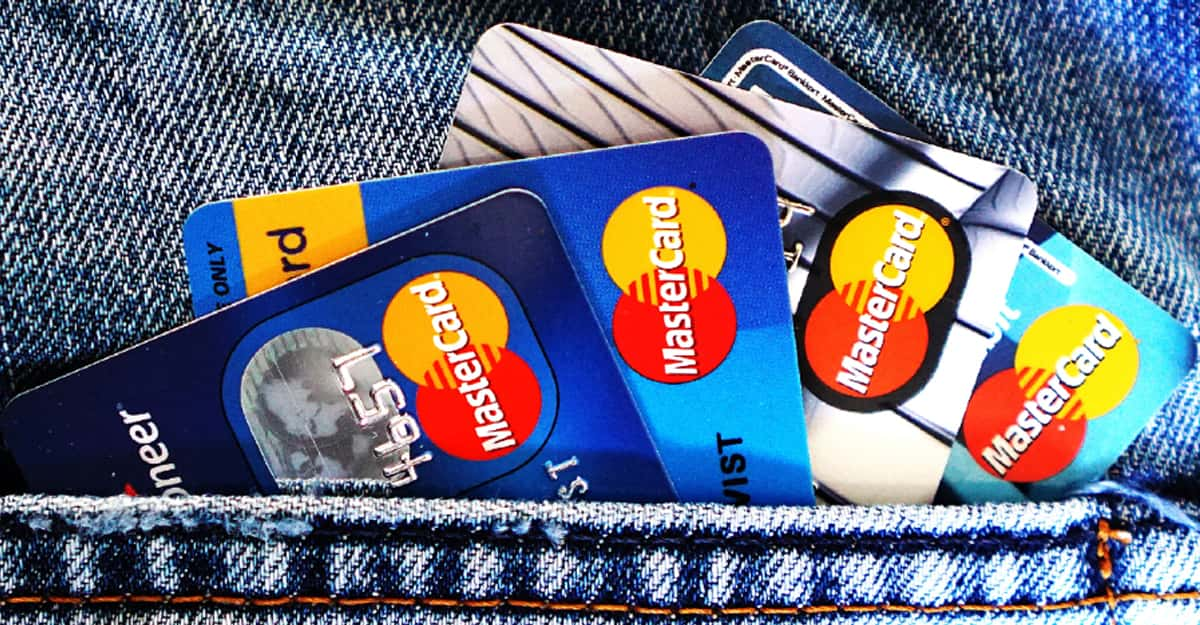The Artisanal Soap Business Is All Washed Up
So you quit your stable 9-to-5, filled your kitchen with artisanal soap, and then generously gifted half of it to influencers who posted selfies but generated few actual sales. Now your savings are shrinking fast. The big question: Can you recover financially from this? The answer is yes—if you pivot carefully, quickly, and strategically.
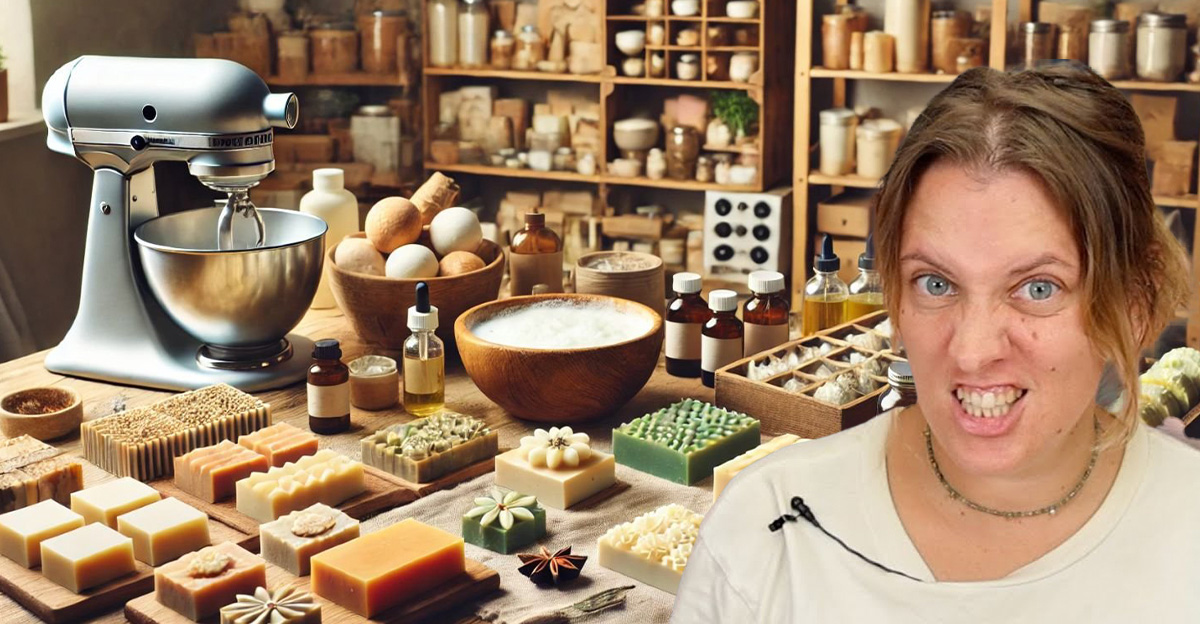
The Soap Story Isn’t Over
First things first: don’t panic. Many entrepreneurs overspend, miscalculate, or misfire in their first year of business. What matters most isn’t the stumble itself, but whether you learn from it and adjust your strategy moving forward. Think of this as a valuable course correction, not a permanent failure or dead end.
Lesson One: Influencers Aren’t Always Gold
You invested in marketing, which is a smart instinct, but the channel wasn’t the right fit for your product. Sending soaps to influencers with mismatched audiences is like gifting vegan soap to a barbecue blogger. The key takeaway: align your efforts with actual customer demand, not just shiny follower counts.
Take Stock Of Your Inventory
Before any type of financial recovery plan, you need the real numbers. How many soaps do you still have? What’s your cost per bar, including packaging? What’s the minimum price you need to sell each one at to break even? Hard data is your true starting point, not just good vibes.
Reframe The Soap As An Asset
That unsold soap isn’t wasted—it’s inventory with untapped potential and value. You just need a sharper plan to convert it into actual cash flow. Think beyond Instagram fame. Farmers’ markets, Etsy, gift shops, subscription boxes, and even wedding favors all crave unique artisanal products like yours, if packaged right.
Cut Expenses Immediately
Cash preservation is survival step number one. Review your personal and business expenses with a fine-tooth comb. Cancel underused subscriptions, pause unnecessary supply orders, and lean on free digital tools for marketing outreach. Remember: every single dollar you don’t spend is another dollar closer to eventual financial recovery and stability.
Side Hustle To Stabilize
Until soap sales pick up again, consider freelance work, part-time gigs, or even temporarily returning to your old industry. This isn’t “giving up”—it’s buying yourself breathing room while keeping your dream alive. Financial stability today ensures you still have the energy and resources to grow your soap business tomorrow.
Start Selling, Not Just Promoting
The influencer experiment was about awareness. Now the focus must be on transactions. Launch limited-time discounts, bundle soaps together into themed packs, or create seasonal offerings (holiday, eco-friendly, self-care kits). The real goal is to get your soaps into hands that will love them enough to come back again.
Leverage Local Markets
Local shoppers love supporting local makers, especially when they can smell and touch the product. Pop-up markets, craft fairs, and community boutiques often have low table fees and enthusiastic crowds. A beautifully displayed table of fragrant soaps does far better in person than lost somewhere in an endless Instagram scroll.
Build A Customer List
You don’t own influencer audiences, but you can own your customer list. Offer a “10% off your first order” incentive for email sign-ups or loyalty discounts for repeat buyers. Email remains one of the cheapest and most effective sales tools out there—and unlike influencer followers, it’s completely under your control.
Tap Into Gift-Giving
Artisanal soap screams “perfect gift” when packaged well. Weddings, baby showers, bridal parties, holiday stockings, and teacher thank-yous—everyone eventually needs a little something pretty yet practical. Market themed sets aggressively around big gift-giving seasons and events. Soap practically sells itself as a thoughtful, ready-to-go present when presented the right way.
Think Beyond Soap
Could your brand expand into related products like candles, sugar scrubs, or bath salts using the same natural aesthetic? Sometimes diversifying the product line increases your chances of catching customer attention. It also raises the average cart value. The more useful, fragrant options you sell, the faster cash comes in.
Turn Past Mistakes Into Marketing
People love honesty, especially from small business owners. Share your story: “I gave half my soaps to influencers, but now I’m doubling down on real customers who care.” This kind of transparency builds trust—and might even go viral. Ironically, your marketing misstep could become the very thing that sells soaps.
Revisit Pricing Strategy
Maybe your prices were too high (scaring off new buyers) or too low (undercutting your margins badly). Study competitors, calculate your break-even point precisely, and set a price that reflects both value and sustainability. Handmade goods should never feel cheap—your craftsmanship deserves a fair price point and steady customer respect.
 Cast of Thousands, Shutterstock
Cast of Thousands, Shutterstock
Streamline Your Operations
Do you really need hand-stamped wrappers or lavender oil imported from France? Simplify your process without diluting quality. Maybe bulk packaging supplies or locally sourced scents could save money. Lower production costs mean higher profit margins on each bar sold, and every extra cent counts when clawing your way back.
Explore Partnerships
Instead of influencers, partner with businesses that already serve your audience. Spas, yoga studios, eco-friendly stores, hotels, and gift shops may want wholesale deals or co-branded batches. Selling 100 bars at a slight discount beats selling zero soaps to 100,000 Instagram followers who had no intention of ever buying.
Use The Power Of Subscriptions
People who love your soap will always want more, guaranteed. Offer a “soap of the month” subscription where customers receive fresh scents regularly on autopilot. Subscriptions create predictable monthly cash flow and reduce your need to constantly hustle for sales. They also strengthen long-term loyalty, your most valuable asset.
Financial Triage: Pay Essentials First
On the personal side, prioritize rent, groceries, insurance, and minimum debt payments. On the business side, prioritize anything that directly fuels revenue—like booth fees, packaging, and shipping supplies. Delay or cut back on non-critical expenses. This triage approach ensures survival while you rebuild income streams and regain financial stability.
Create A Recovery Timeline
Set a clear 6–12 month financial roadmap. For example: break even on current inventory within 3 months, save three months of living expenses within 6 months, and build a profitable subscription base within one year. Deadlines prevent drift, give structure, and help you measure whether your pivots are truly working.
Accept Temporary Setbacks
It’s okay if you need to pause retirement contributions, cut vacations, or pull back on luxuries while stabilizing. Think of this as “emergency mode”—temporary sacrifices in exchange for long-term entrepreneurial freedom. Many successful business owners lived frugally for a season before their persistence paid off in future growth.
Use This As A Tax Lesson
Giving away inventory to influencers may qualify as a marketing or promotional expense, which could be deductible. Keep meticulous receipts and records of what was given away, to whom, and why. A tax professional can help you squeeze the most benefit possible out of what currently feels like a financial loss.
Learn The Marketing Mix
Next time, diversify instead of betting the house on one untested channel. Spread efforts across local markets, online ads, wholesale partnerships, and email campaigns. If one channel flops, the others keep you afloat. A balanced marketing mix is safer, smarter, and more effective than relying on influencer glitter alone.
Remember Why You Started
You didn’t leave your job simply to panic over bills. You left because you believed in your product, your craft, and your bigger vision. Reconnect with that motivation and let it fuel your recovery. Passion is the lifeline that keeps many small businesses alive long enough to finally succeed.
Build A “Plan B” Cushion
Once you stabilize and regain footing, create a financial buffer for yourself. Aim for at least three months of personal expenses saved in cash. That way, if your soap business faces another unexpected bump, you won’t feel like the walls are closing in. A safety cushion buys both time and calm.
 Photo By: Kaboompics.com, Pexels
Photo By: Kaboompics.com, Pexels
Yes, You Can Recover—And Grow Stronger
Your journey might feel like suds slipping down the drain right now, but the truth is this: setbacks teach the sharpest entrepreneurial lessons. With leaner operations, smarter marketing, and disciplined finances, you can recover—and maybe even thrive. The best business stories often begin with failure that turned into resilience.
Final Lather: Resilience Is The Real Product
Soap may be your official business, but resilience is your real product. Every successful entrepreneur has a “soap story” of their own—an early mistake that nearly tanked everything. What defines success isn’t avoiding missteps entirely, but rising stronger after them. That grit, more than anything, is what builds wealth.

